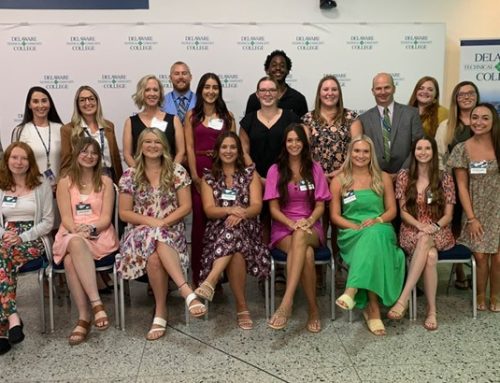A sailor without a rudder or compass will end up lost at sea.
Too often, organizations launch marketing campaigns without a guide of their own. If your nonprofit lacks a content strategy, you face the real risk of falling short of your goals.
Your voyage may be exciting, but you won’t end up where you want.
As you think about how you will reach more donors, volunteers and clients with your online content marketing, you must develop a strategy. You need a compass to guide your efforts and measure your results so that you’re not drifting aimlessly.
What is content?
If you’ve read an article, listened to a podcast, skimmed a website, read a social media feed, downloaded an ebook, or studied an infographic, then you know what content is.
Good content solves a problem for your audience. It contains information that is important, constructive, and useful. More than 60 percent of content marketers say the value of their content is the biggest factor in their content marketing success.
The length, format, or platform doesn’t matter. Content can be distributed by email, video, blog posts, or other methods. What’s essential is that it reaches your target audience and guides your prospective clients, donors, or volunteers along their journey.
What is content marketing?
Every piece of content has a purpose. At its core, content marketing focuses on creating and distributing valuable, relevant, and consistent content to attract and retain a clearly defined audience — and ultimately to drive [positive consumer] action.
In that definition from the Content Marketing Institute, three key elements stand out:
Valuable, relevant, and consistent content
Clearly defined audience
Positive consumer action
A content strategy helps ensure that you’re thinking about all three of those elements any time that you engage with your prospective and current clients, donors, and volunteers.
Why do we want to develop content?
The best content strategy aligns your content with your organization’s objectives and strategic goals. Answering this question should be at the top of your organization’s strategy.
According to the Content Marketing Institute, the top six goals that drive content development are:
Donor and volunteer retention
Brand awareness
Engagement
Lead generation
Lead nurturing
Sales (in nonprofit terms – donations and support)
As you develop your content, think about what goals you want to accomplish. Stay focused. Select one or two goals which will dictate the type of content that you’ll produce.
If your goal is to increase brand awareness and increase your visibility as being superior at what you do, you’ll want to create content that provides up-to-date data on local needs and how you are meeting those needs. You can also offer valuable advice and tips on how others can address the same issues.
If you want to generate more leads on your website, then think about the questions that prospective donors will ask themselves as they move through their journey of deciding if your organization is one they want to support. Your content must nurture all stages of the donor decision-making process.
How do we develop a content marketing strategy?
You can develop a content marketing strategy by answering these additional five questions:
Why do we want to develop content?
Whom do we want to reach with our content?
What will we write about?
When will we create content?
Where will we share our content?
How will we know that our content and our strategy are effective?
Focus on understanding the importance of developing content and knowing your target audience’s needs. For a complete content marketing guide, go to hookpr.com/nonprofit- content-guide.




